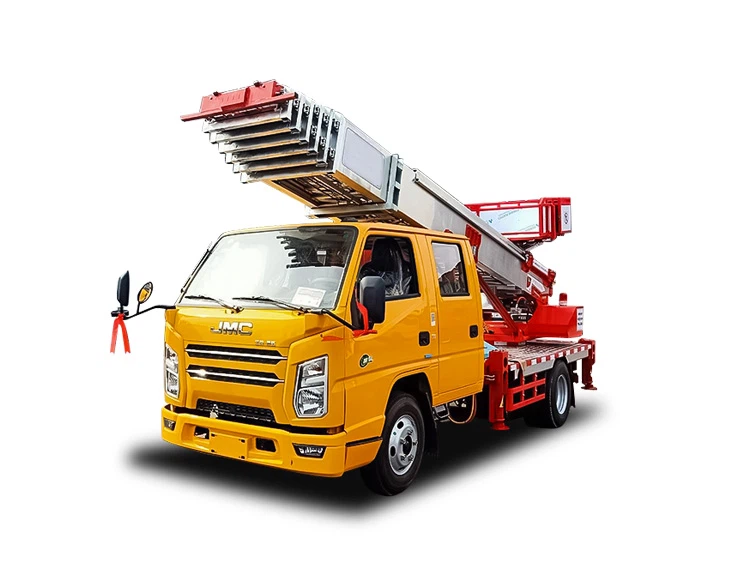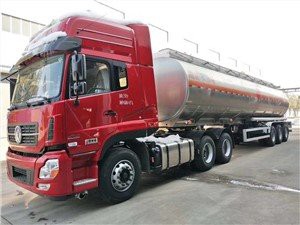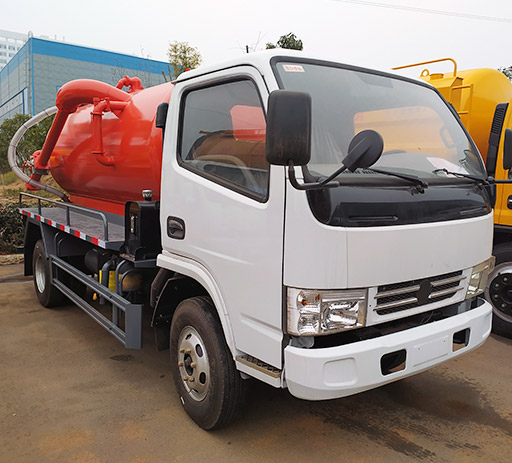Understanding the 30 Ton Crane: A Comprehensive Guide

When it comes to heavy lifting in construction and industrial settings, cranes are indispensable. Among various types of cranes, the 30-ton crane stands out for its versatility and capacity. This article delves deep into the features, specifications, applications, and practical considerations of the 30-ton crane.

What is a 30 Ton Crane?
A 30-ton crane is designed to lift and move loads weighing up to 30 metric tons (approximately 66,139 pounds). These cranes are widely used in various industries including construction, manufacturing, and shipping, offering a balance of power and maneuverability.
Types of 30 Ton Cranes
30-ton cranes come in several types, each suited for specific tasks:
- Mobile Cranes: These cranes are mounted on a truck or caterpillar and are highly maneuverable.
- Tower Cranes: Fixed cranes used in tall building constructions, offering a high reach and lifting capacity.
- Crawler Cranes: These feature tracks that provide stability on soft ground.
- Rough Terrain Cranes: Designed for off-road applications, they offer robust stability and mobility.
Specifications of a 30 Ton Crane
General Specifications
| Specification | Details |
|---|---|
| Lifting Capacity | 30 tons (66,139 lbs) |
| Maximum Lift Height | Up to 100 feet depending on type |
| Reach | Varies by model, generally 60-80 feet |
| Weight | Approx. 20-40 tons (variable by model) |
Key Features
- Hydraulic System: Provides precise control and power for lifting operations.
- Rotating Platform: Allows for 360-degree movement, enhancing maneuverability.
- Advanced Safety Features: Including overload protection, emergency stop buttons, and alarms.
Applications of a 30 Ton Crane
Construction Industry
The construction sector is the primary user of 30-ton cranes. They are utilized for:
- Lifting steel beams and trusses
- Moving heavy materials to higher elevations
- Assisting in the erection of scaffolding
Manufacturing and Industrial Use
In manufacturing, these cranes are used for:
- Lifting machinery components
- Loading and unloading goods from trucks
- Assembly line tasks
Shipping and Logistics
30-ton cranes are vital in ports and warehouses for:
- Loading containers onto ships
- Stacking materials within warehouses
- Heavy lifting during unloading processes

Choosing the Right 30 Ton Crane
Assessing Your Needs
When selecting a 30-ton crane, consider the following factors:
- Type of Work: Evaluate whether you need a mobile, tower, crawler, or rough terrain crane.
- Jobsite Conditions: Understand the ground conditions, space available, and height requirements.
- Frequency of Use: Analyze how often you will need the crane to determine if buying or renting is more economical.
Budget Considerations
Budget plays a crucial role in crane selection. Account for:
- Purchase cost vs. rental cost
- Maintenance expenses
- Fuel consumption and operational costs
Example Scenario
For a construction site planning to erect a mid-rise building, a mobile 30-ton crane might be the best fit due to its versatility and ease of movement required for different tasks on site.
Safety Measures When Using a 30 Ton Crane
Training and Certification
All operators should be properly trained and certified to handle cranes. Regular training updates and refreshers are essential for maintaining safety standards.
Inspection and Maintenance

Implementing routine inspections ensures the crane’s components are functioning correctly. Major areas to check include:
- Hydraulic systems
- Brakes and controls
- Wire ropes and rigging
Operational Protocols
Follow these protocols for safe crane operation:
- Establish a clear communication plan using hand signals or radios.
- Make sure all personnel are clear of the lifting area.
- Assess load weight before lifting to avoid overloading.
Practical Tips for Operating a 30 Ton Crane
Pre-Operation Checks
Before commencing work, perform the following checks:
- Inspect the worksite and identify potential hazards.
- Review load charts to ensure proper lifting configurations.
- Test all controls to verify proper functioning.
Efficient Load Handling
To enhance efficiency:
- Lift loads at low heights and avoid swinging.
- Utilize proper rigging techniques to secure loads.
- Engage a spotter when navigating tight spaces.
Post-Operation Procedures
After completing the task:
- Lower the crane to its resting position.
- Secure all controls and store rigging equipment properly.
- Document any maintenance or issues encountered during operation.
Cost of a 30 Ton Crane
The price of a 30-ton crane can vary significantly. Consider the following factors affecting cost:
- Type of Crane: Different types can range from $50,000 to over $200,000.
- New vs. Used: Used cranes can offer significant savings, typically costing 40-60% less than new ones.
- Rental Prices: Renting can range from $1,000 to over $3,000 per day, based on rental duration and service provider.
Frequently Asked Questions (FAQ)
What types of jobs require a 30-ton crane?
30-ton cranes are commonly used in construction, manufacturing, shipping, and any task requiring heavy lifting of loads around 30 tons.
How do I know if I need to buy or rent a crane?
If you have frequent lifting needs, purchasing may be more economical. For occasional tasks, renting could save money.
What safety certifications are required for crane operators?
Operators must have certifications such as NCCCO (National Commission for the Certification of Crane Operators) or equivalent, depending on local regulations.
Are 30-ton cranes easy to transport?
Mobile cranes can be transported easily by road, while tower cranes may require more complex assembly and disassembly processes.
What maintenance is needed for a 30-ton crane?
Regular inspections, lubrication of moving parts, and checks on hydraulic systems are crucial for optimal operation and safety.
Can a 30-ton crane be used in poor weather conditions?
Most cranes can operate in light rain; however, extreme weather conditions such as high winds, snow, or lightning can pose dangers and should be avoided.
